Make a donation
Support our mission by contributing today.
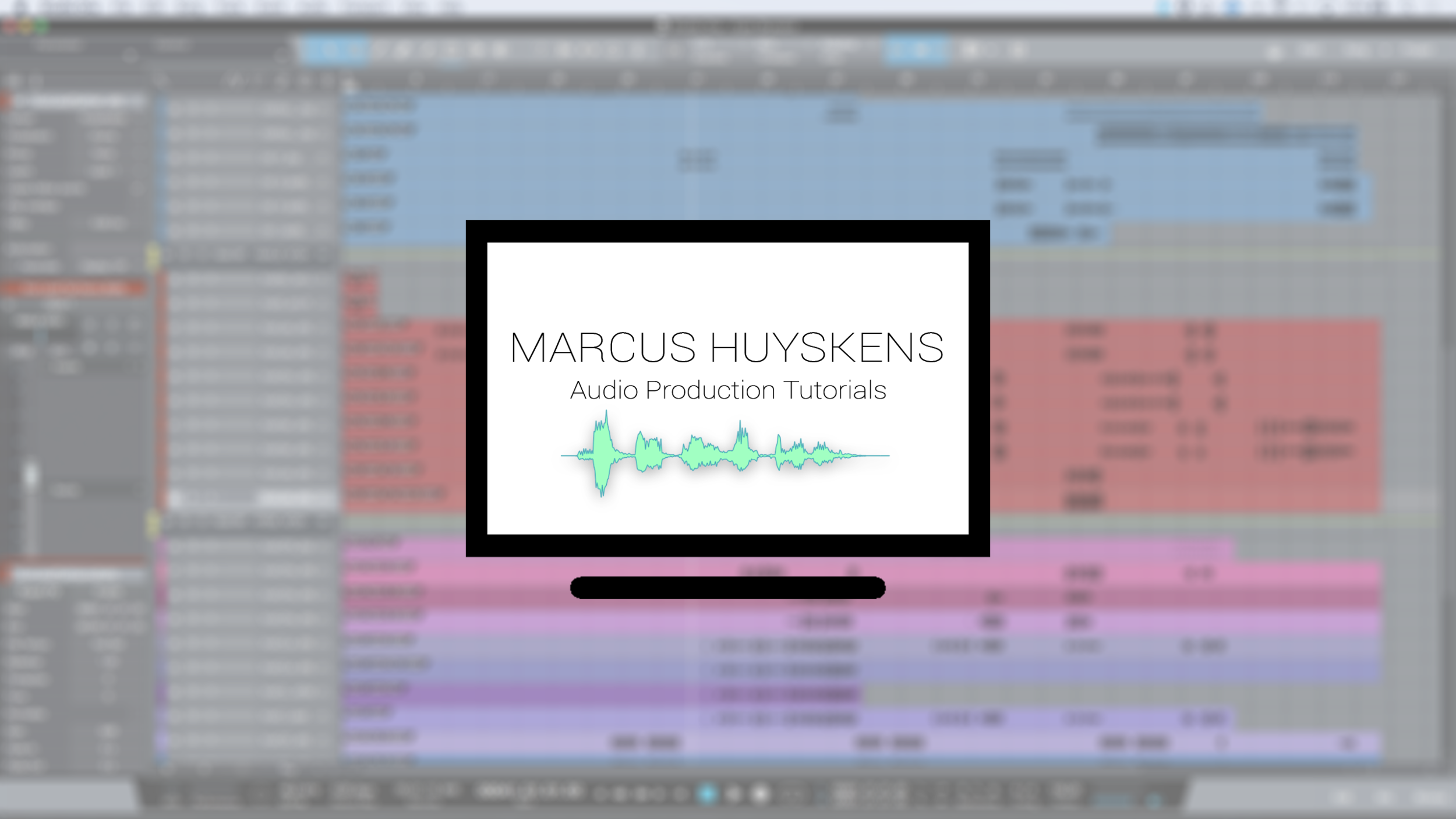
GENERAL MIXING TUTORIALS
In this Free Excerpt from my course "Mixing Phat Funk by Phat Hat" - I take a look at adding excitement, interest, energy, and movement to Lead guitars through the use of Effects, and automation.
In this video, I take a look at my top 4 features of Studio One Pro 7 - including: Automatic Tempo Detection, the new Global Transpose options, Splice integration, and AI powered Stem Seperation.
In this video I take a look at a recent mix that I did, and talk about some changes I've made to how I'm planning on approaching the Stereo Master, when mixing in Atmos, moving forward.
In this video, I take a look at the recently added support for working with Dolby ATMOS composite beds, in Studio One 6.6, and above.
In this video, I take a look at the recently added Native integration for Apple Spatial Audio support in Studio One 6.6, and above.
In this video, I explain the fundamental difference between Beds vs Objects, by analyzing an ADM Master in Studio One Pro 6.5.
In this video, I take a detailed look at the PreSonus Eris Pro 4's running in stereo, and with the PreSonus Eris Pro Sub 10 in a 2.1 setup.
In this article, I take a look at 2 different workflow approaches that can be used when working with the LFE Channel when mixing Dolby Atmos in PreSonus Studio One 6.5 and above.
In this video, I take a look at how to split (and merge) Multichannel Files, using the Studio One browser. More specifically, when you might want to use the feature, and some things to be aware of.
In this video, I take a look at using Post-Panner Metering when working in Studio One Version 6.2 and above. More specifically - how it interacts with Track widths and channel widths when working in stereo, surround, and immersive formats.
In this video, I take a look at using the Studio One Remote App - to compliment running along side with a Faderport 16, for maximum control over surround / Object Panning, when mixing immersive audio.
In this video, I take a look at the new Surround Delay plug-in, included in Studio One 6.5 - more specifically, the speaker routing options, and how in differs from Groove Delay when being routed to a 7.1.2 Bed.
In this video, I take a look at using 3D IR's in Open AIR2 with Studio One 6.5 in an immersive context. In addition, I also take at look at the routing options of how 7.1.2 (output) immersive reverbs interact with ATMOS Beds (vs Objects).
In this video, I take a look at everything you need to know in order to get started with immsersive audio in Studio One 6.5. That being said - the majority of the focus, has to do with working in Binaural Mode over headphones.
In this video, I take a look at working with Sync Points in PreSonus Studio One 6 - including the 2 key commands that are associated with them, and a bonus tip...
In this video, I take a look at using the "Selected Channels Only" option - when working with Console Scenes in Studio One 6.
In this video, I take a look at using Console Scenes in place of the traditional "Save As" or "Save New Version" option(s) in PreSonus Studio One.
In this video, I take a look at the new Copy Sends + Automation feature that was added in Studio One 6.2.
In this video, I take a look at 2 new Key Commands that were added in Studio One Version 6.2.
In this video, I take a look at some of the new options that were added with respect to working with Event FX, and more specifically ARA Plug-ins, in Studio One 6.2.
In this video, I take a look at the Merge VCA Automation function, in PreSonus Studio One. More specifically - when to use it, and why it's useful.
In this video, I take a look at all the different options that Studio One provides in terms of managing Gain, across your productions.
In this video, I take a look at the similarities and differences of using Multi-Instrument tracks vs 2 separate instrument tracks and Duplicate Shared Instrument Parts in PreSonus Studio One.
In this video, I take a look at how to create Duplicate Shared Instrument Parts across separate tracks using a key command modifier sequence.
In this video, I demonstrate a way to 2POP your stems for delivery when working with sound for picture in PreSonus Studio One.
In this video, I take a look at the Pre and Post FX Chains, in addition to my Macro Controls that I use exclusively on my Listen Bus when working in PreSonus Studio One.
In this video, i share my thoughts on using Studio One's Cue Mix system when tracking with Recording systems that use Software Based Low Latency Monitoring Mixers.
In this video, I share my thoughts on what's required when exporting files, or preparing a session for Mixing. Including, raw mono regions, Stems, Submixing, and rendering creative FX.
In this video, I demonstrate how the Stock Studio One Gate Plug-in can be used to generate accurate MIDI triggers which can be used to do sample replacement or sample layering
In this video, Marcus Huyskens demonstrates the basic signal chain routing of Studio One Mix Engine FX, as well as how the "passthrough" mode can affect the processing.
In this quick tip video, Marcus takes a look at the new behaviour of the "Show Current Parameter" shortcut as of Studio One Version 3.5+.
In this free video tutorial in PreSonus Studio One - Marcus Huyskens demonstrates how to smooth out a vocal Pre-Compression by using volume envelopes to tame harsh sibilant consonants, and correct general level discrepancies in a performance.
In this free video tutorial, Marcus demonstrates how VCA Faders can be used to automate multiple tracks simultaneously in Studio One 3.2.
In this free video tutorial, Marcus Huyskens demonstrates how to use the stock compressor that ships with Studio One to build a De-Esser in PreSonus Studio One. Voice-Over clip courtesy of Joe Brookhouse.
In this free video tutorial, Marcus Huyskens gives an in depth overview of the Fat Channel in action using multiple audio examples including acoustic guitars, bass guitar, acoustic drums, electric drums, voice over, and lead vocals.
In this free video tutorial, team member Marcus Huyskens demonstrates some different ways to manipulate/edit pre-existing automation points within PreSonus Studio One. Although we can select and move automation points with the mouse, sometimes, you need to offset all of the automation globally, on a track, or move specific points or sections in smaller increments.
In this free video tutorial, Marcus gives an in depth overview of how to use the "Match EQ" option within Fabfilter Pro-Q2. FabFilter Pro-Q 2 is designed to help you achieve your sound in the quickest way possible. Via the large interactive EQ display, you can create bands where you need them and select and edit multiple bands at once.
In this free tutorial video, team member Marcus Huyskens gives an in depth overview of using "scenes" within the console in PreSonus Studio One. Scenes are a really handy featured that we can find tucked away within Studio One. By creating different scenes, we can have custom view options to simplify our console when mixing sessions with larger track counts.
In this free video tutorial, Marcus builds upon his last video: How To Create Custom Multi-Band Compressors Using The Splitter in PreSonus Studio One 3 He shows how he uses the Macro Panel within the channel editor in Studio One 3 to simplify adjusting parameters on plugins when using complex splitter setups.
In this free video tutorial for PreSonus Studio One 3, Marcus Huyskens shows us how to use the splitter in Studio One 3 to create custom multi-band compressors.
Here's a basic overview on my Mixing philosophy for mixing a flamenco Guitar track, using Slate VCC, Sonnox, & UAD Plugins in Logic Pro 9.
A workflow overview of using MANUAL Gain Staging, with Slate Digital-VCC in Pro Tools.

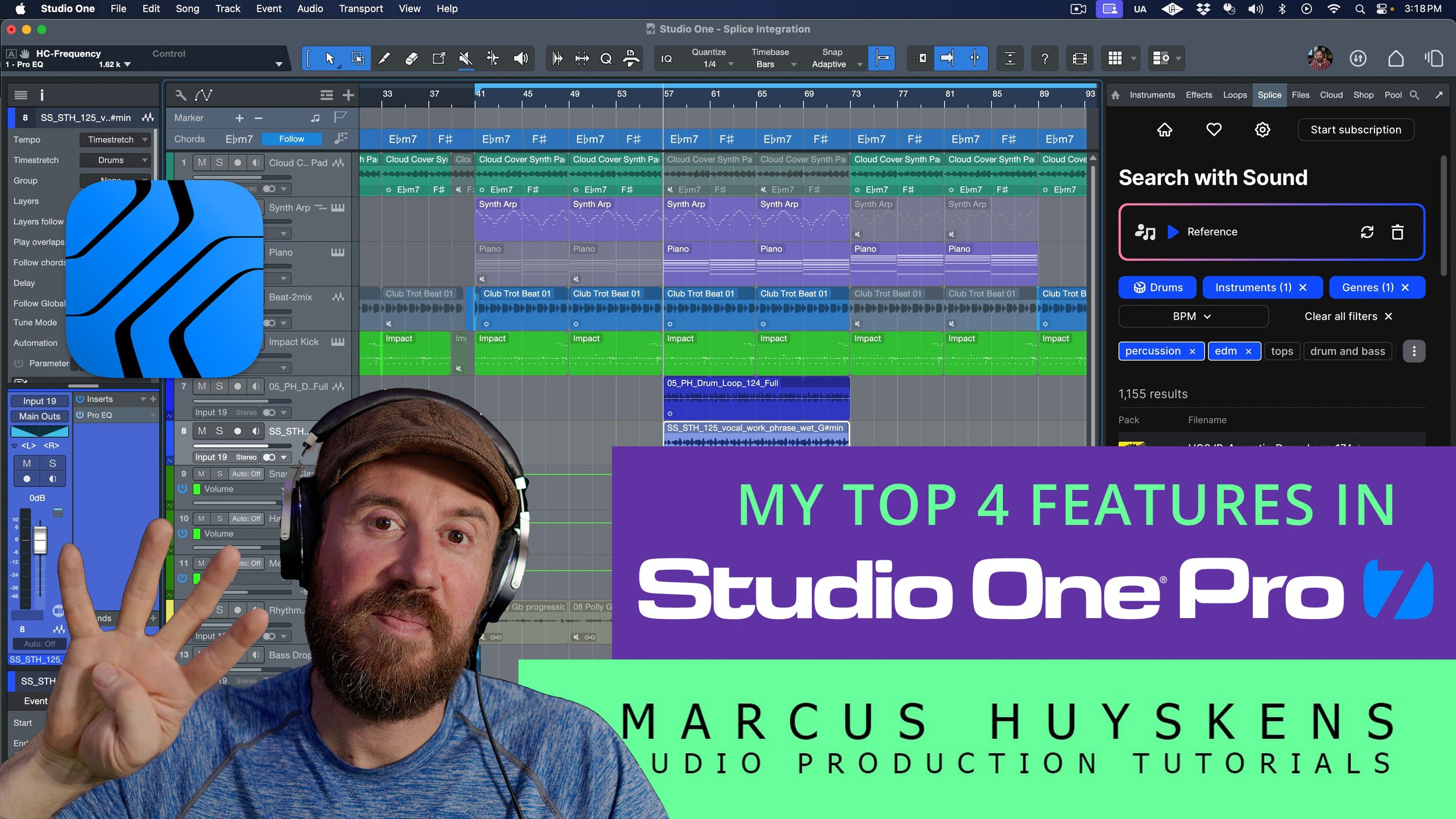

























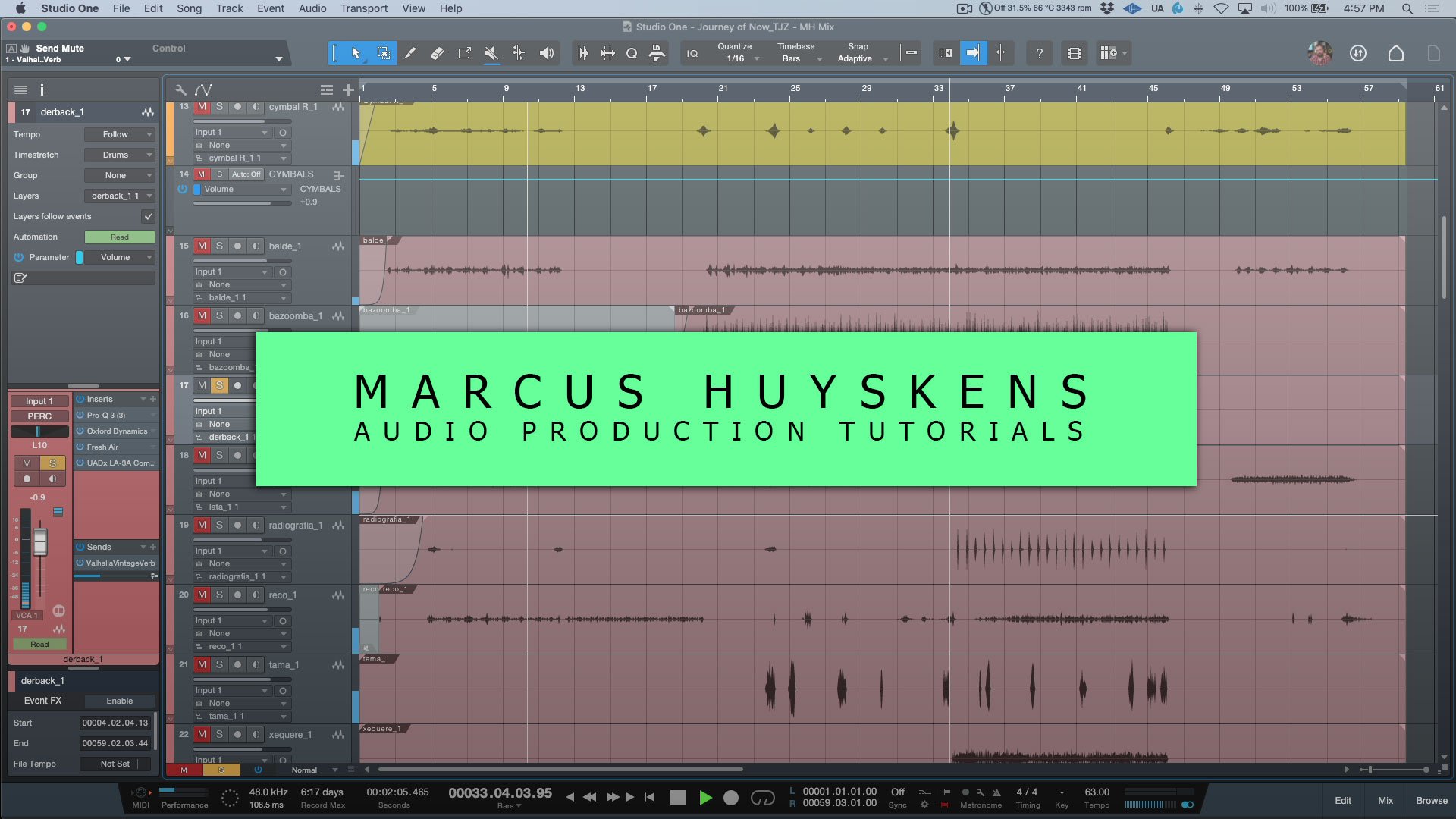







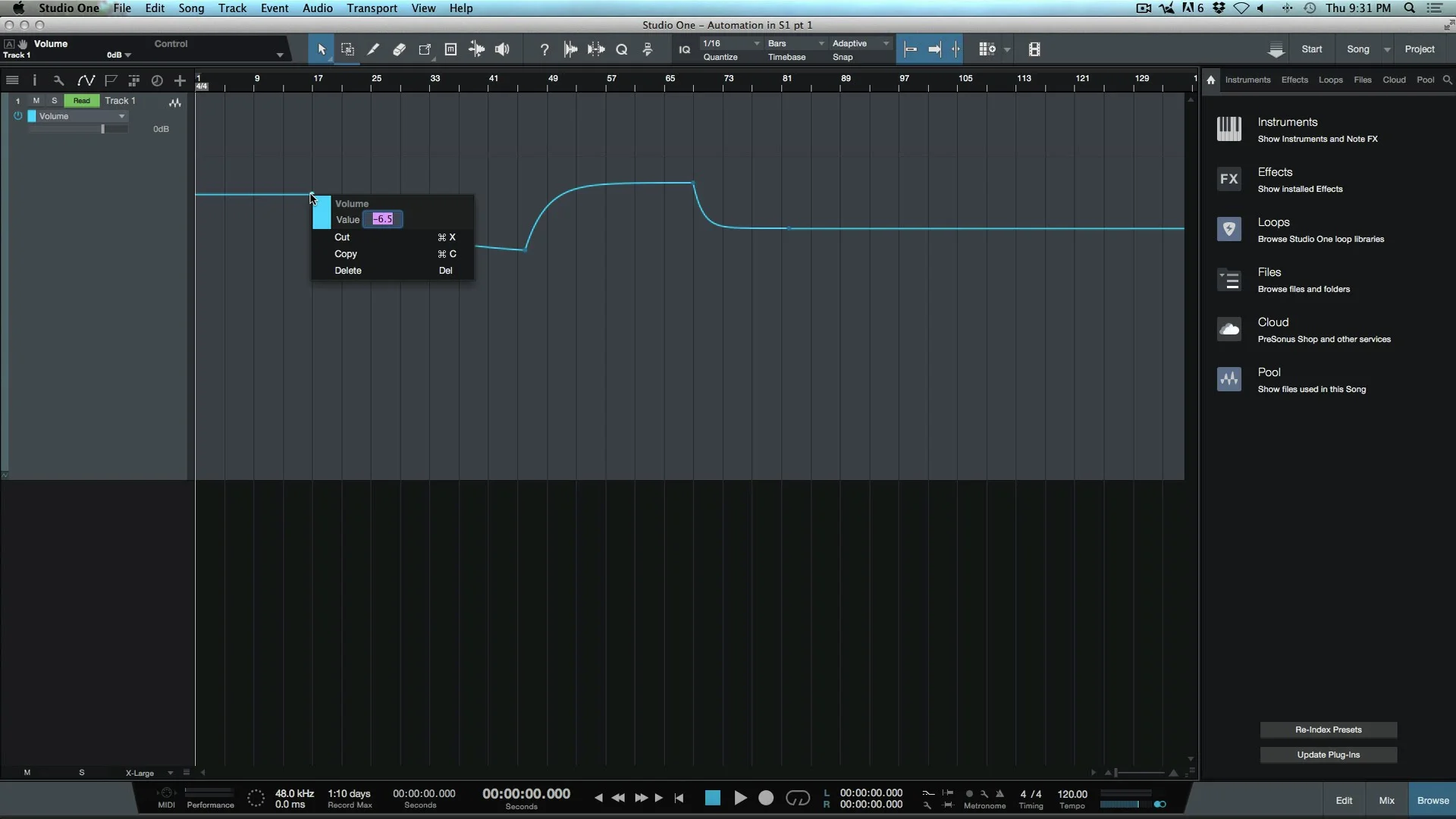

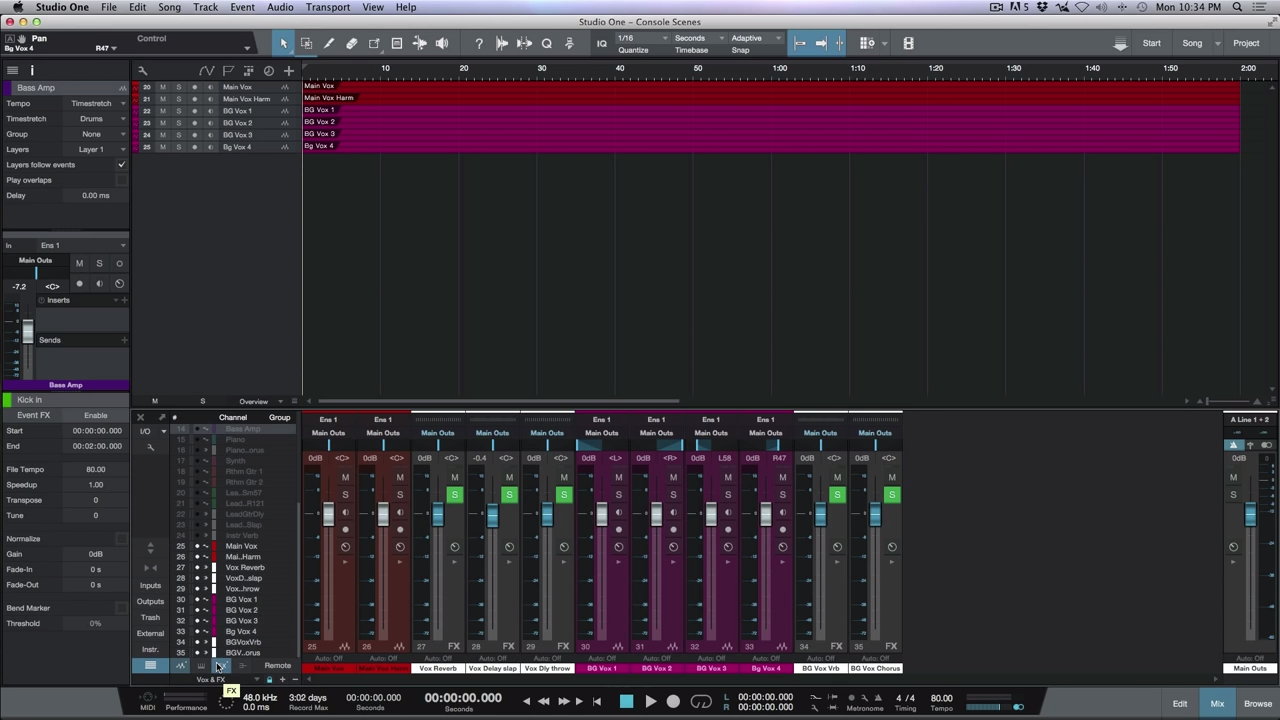

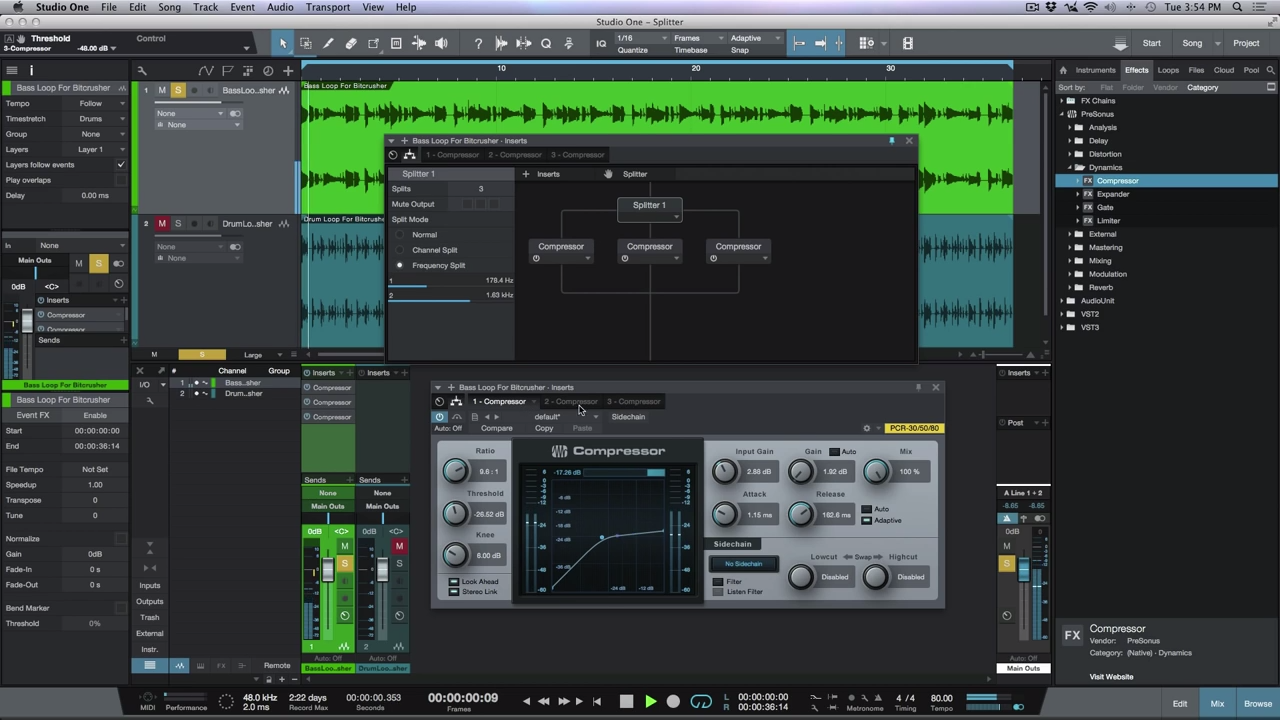
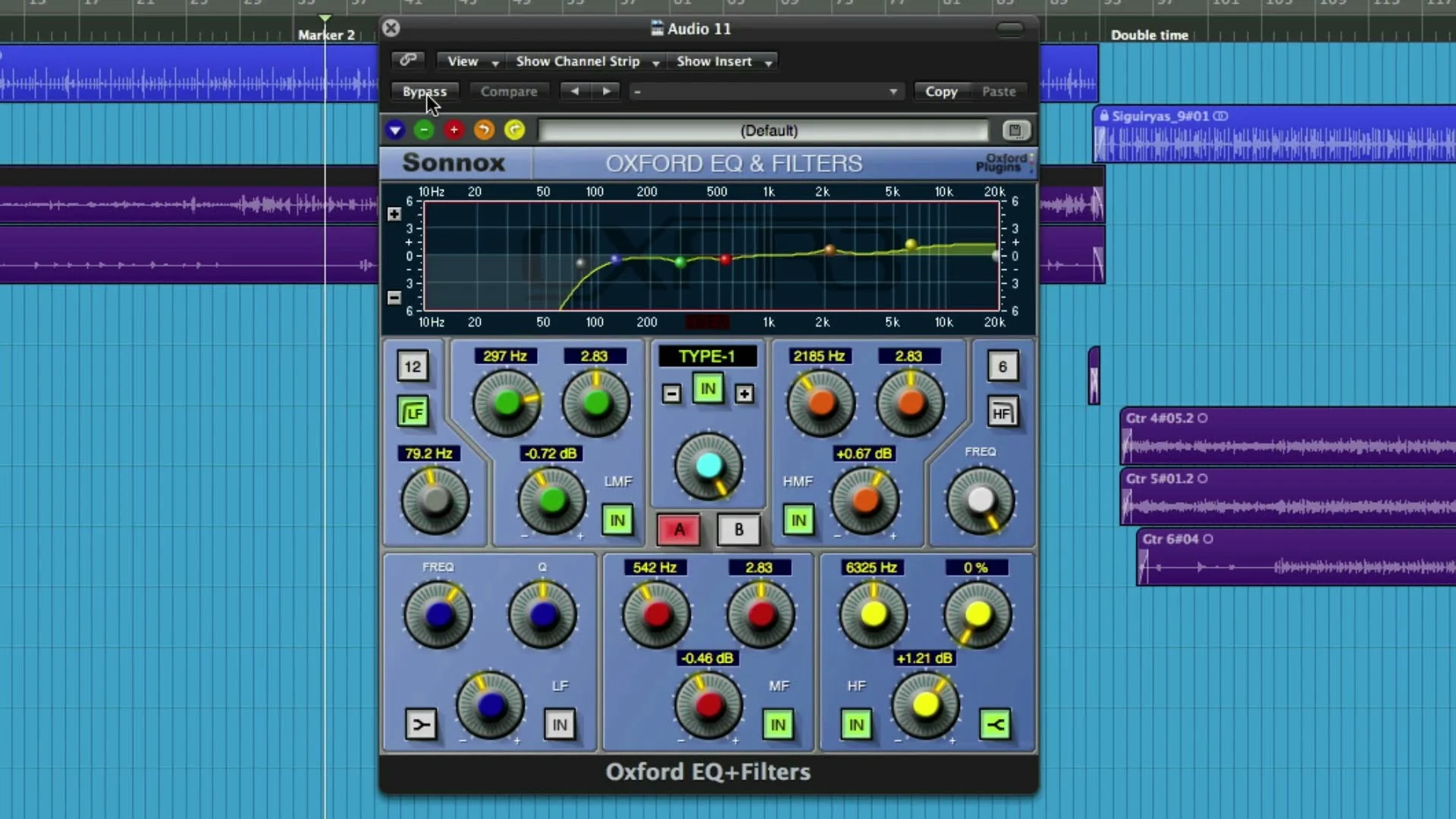

In this video - I'm posting my Studio One Pro 7 Color Scheme Preset to PreSonus Exchange, to share with the user community! If you like it, then download and install, today!